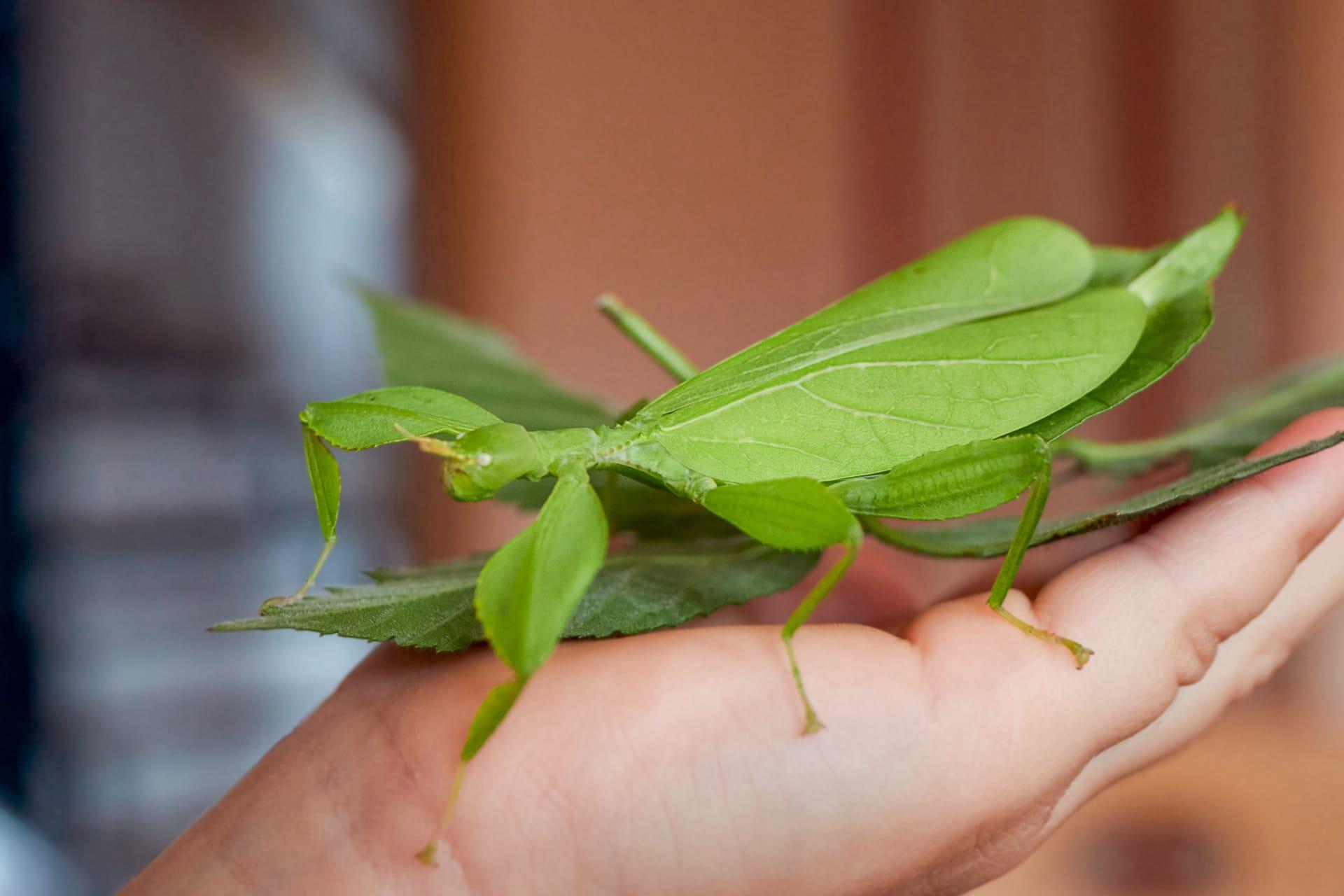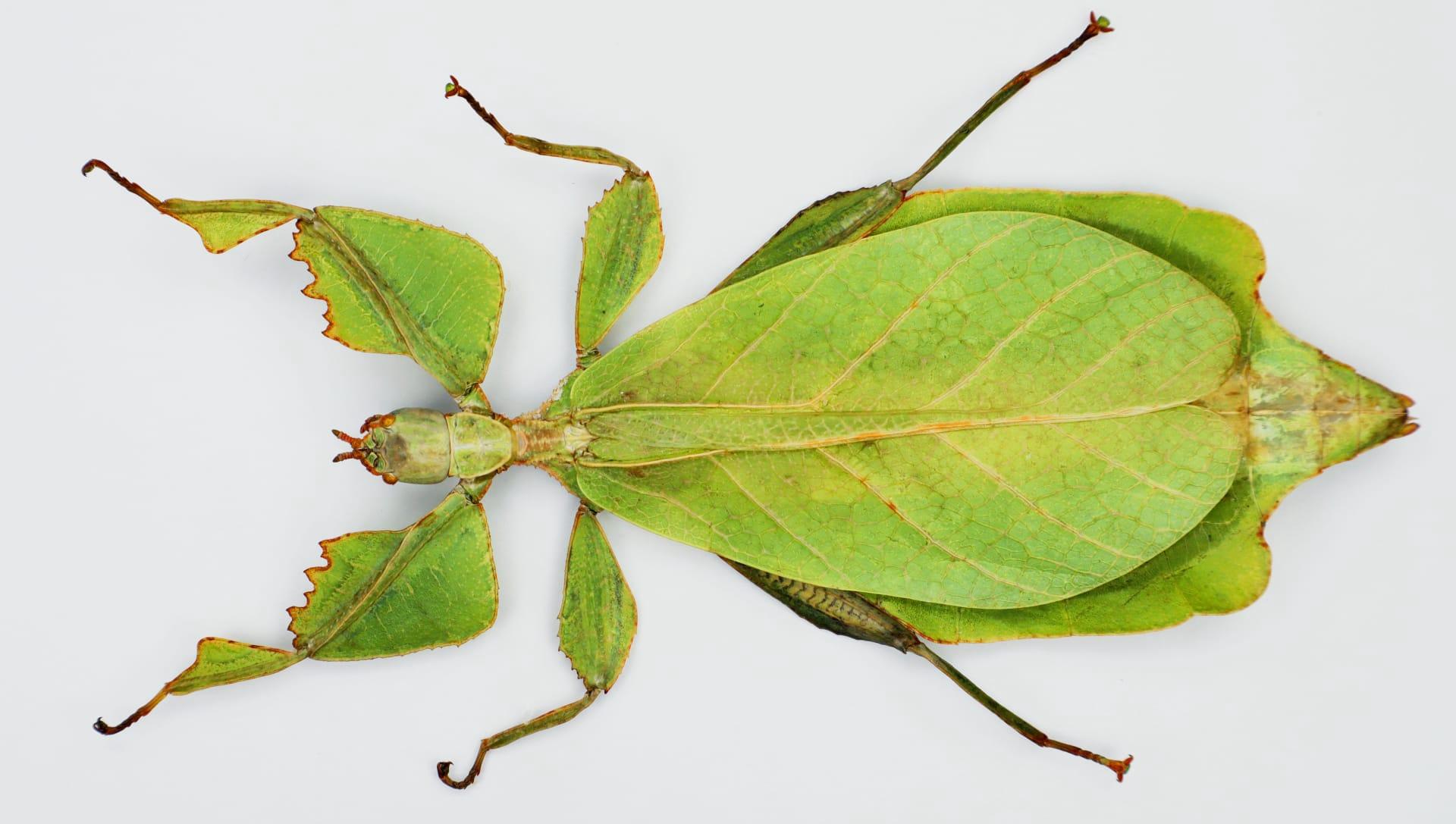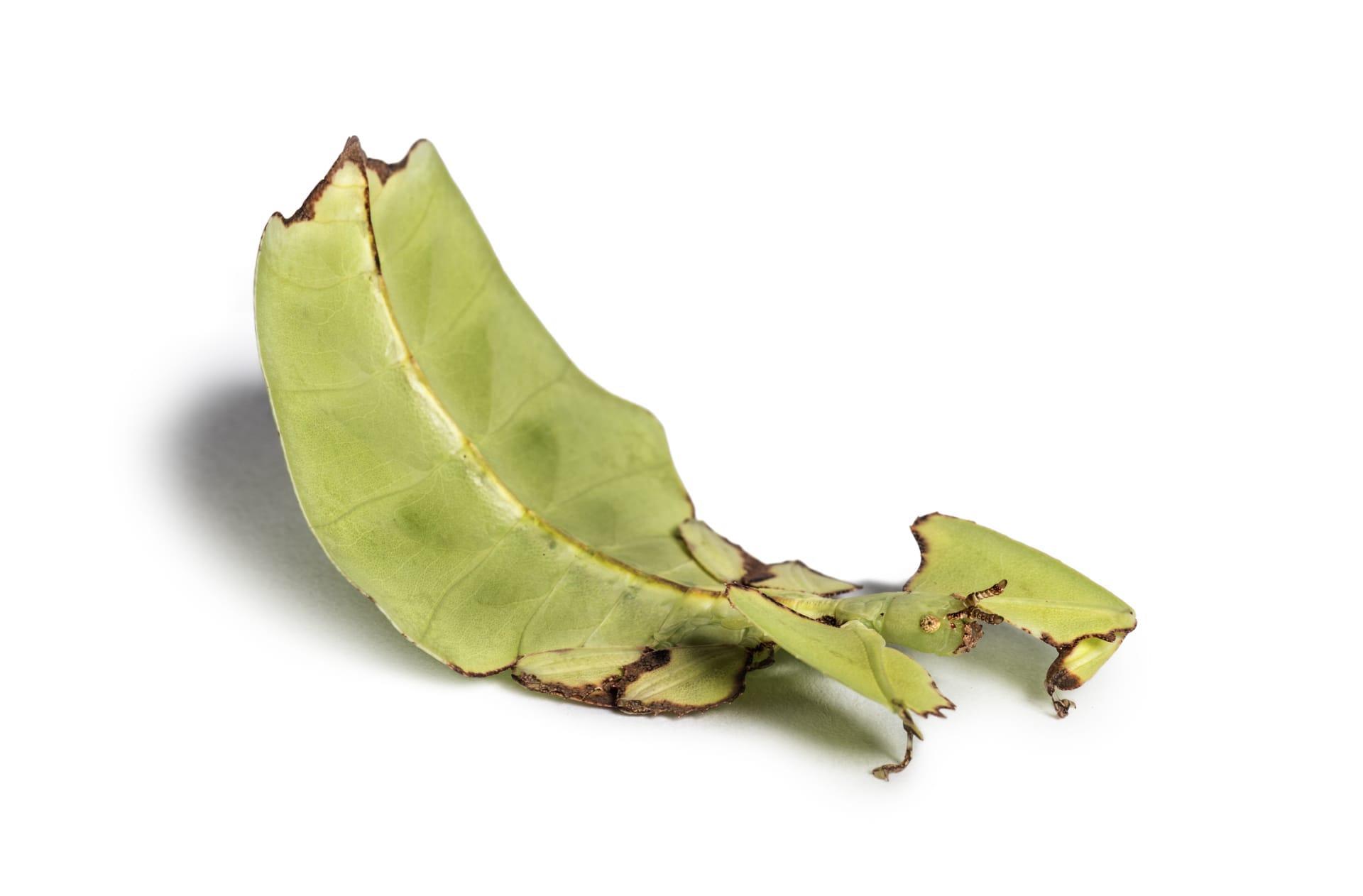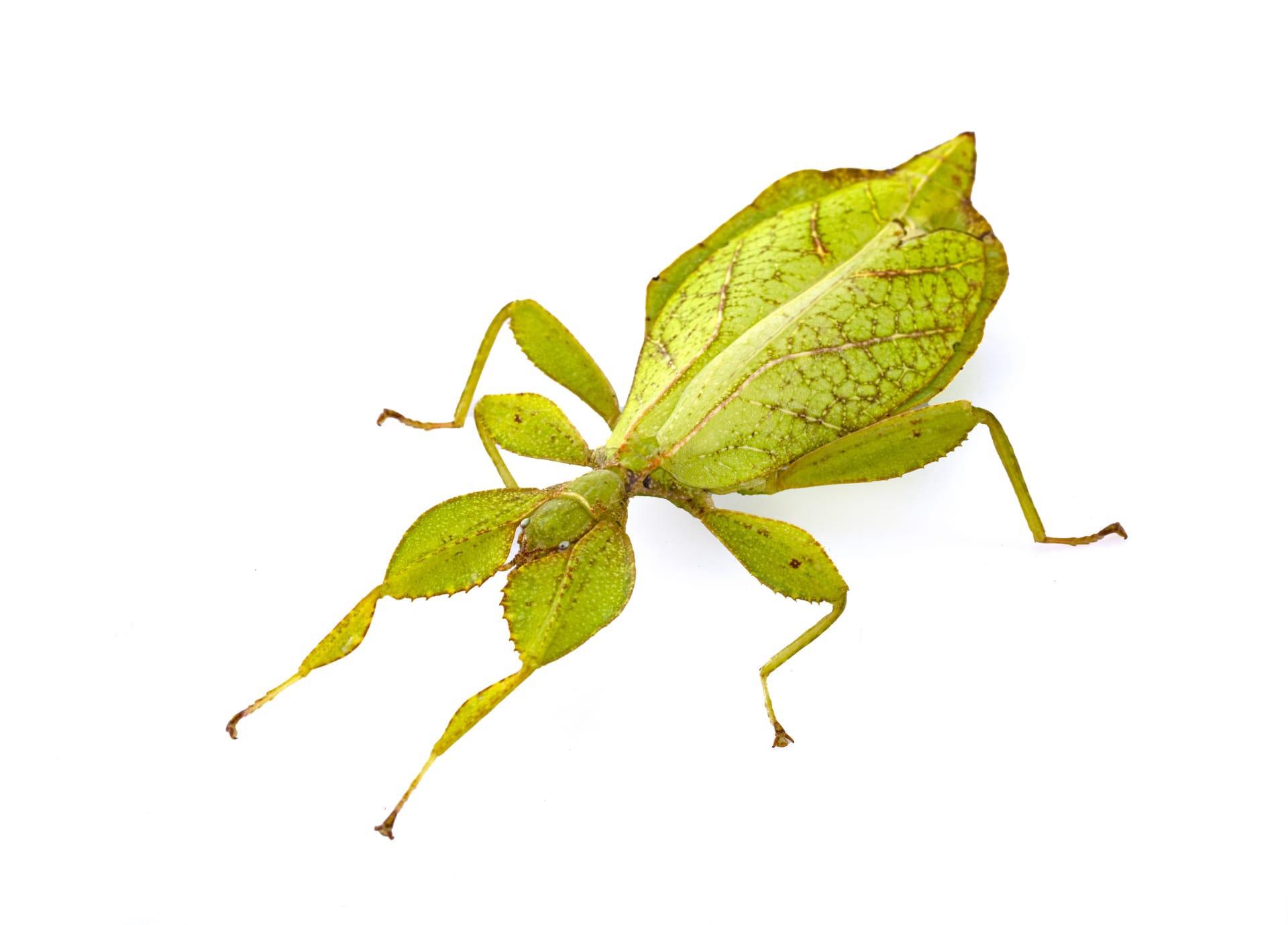Phyllium Characteristics
- Home /
- Mini Encyclopedia /
- Animal /
- Phyllium Characteristics
1
Welcome to the fascinating world of Phyllium, more commonly known as leaf insects! These incredible creatures are part of the Phasmida family, renowned for their extraordinary camouflage abilities. When it comes to body size, leaf insects vary quite a bit. They typically range from 2 to 4 inches (5 to 10 cm) in length, with some species reaching up to 6 inches (15 cm). Their lifespan is another interesting aspect. In captivity, these insects can live for about 8 months to a year, which is relatively long for insects.
Now, let's dive into the most remarkable organ of the Phyllium species – their wings. These wings are what give them their name and fame. Mimicking the appearance of a leaf, the wings are not just for show; they serve a critical role in survival. The wings' detailed vein patterns, coloration, and even the appearance of bite marks or fungal spots are all adaptations to blend in with their surroundings. This camouflage is so effective that predators often overlook them, mistaking them for actual leaves. It's a brilliant example of nature's ingenuity in design!

2
Question: "Why don't we often see leaf insects moving?"
Answer: Leaf insects are masters of stillness, and there's a fascinating reason for this. Their survival depends heavily on their ability to blend in with their environment. Movement could give away their presence to predators. To avoid detection, they limit their movement during the day, staying incredibly still and only moving when necessary. It's often during the night that they become more active. This nocturnal behavior allows them to feed and move with a lower risk of being spotted by predators. So, if you're looking to spot these intriguing creatures, you might have better luck when the sun goes down!

3
Leaf insects aren't known for their speed or agility. Their movement is slow and deliberate, designed to mimic the swaying of leaves in the breeze. This behavior is another facet of their camouflage strategy. When they do move, they often rock back and forth, simulating the motion of a leaf being moved by the wind. This slow, rocking motion can be mesmerizing to observe but is crucial for their survival.
As for their diet, leaf insects are herbivores, with a particular fondness for leaves of specific plants. They mainly feed on leaves from plants like guava, raspberry, and oak. Their feeding habits are as discreet as their movement. They chew slowly, making minimal noise and movement, to avoid attracting attention. This careful eating habit, combined with their ability to blend in with their food source, makes them almost invisible in their natural habitat.

4
Leaf insects primarily inhabit tropical rainforests and humid, densely vegetated areas in Southeast Asia, including countries like Malaysia, Philippines, and Thailand. These environments provide them with ample foliage for camouflage and sustenance. The high humidity and consistent temperature of these regions are ideal for their survival. They thrive in these lush environments, where their unique adaptations are most effective.
Reproduction in leaf insects is a fascinating process. Many species can reproduce parthenogenetically, meaning females can produce offspring without mating. When mating does occur, it can last for several hours to ensure successful fertilization. The female then lays eggs that closely resemble plant seeds, complete with mimicry of a seed's shape and color. This is a clever strategy to avoid predation of the eggs. The incubation period varies but can last several months, after which tiny nymphs emerge, already equipped with their incredible camouflage.

5
Book: "Invisible Insects: The World of Phyllium" by Dr. Maria Fernandes, published in the USA in 2018. This book delves into the fascinating world of leaf insects, exploring their biology, behavior, and unique adaptations. Dr. Fernandes, a renowned entomologist, provides a comprehensive overview of the Phyllium genus, detailing their camouflage techniques, reproductive strategies, and the challenges they face in their natural habitat. The book is filled with vivid photographs and insights from years of research.
Book: "Leaf Mimics: The Science of Phyllium" authored by Jonathan H. Green in the UK, 2020. Green's work is a captivating exploration of the extraordinary mimicry and survival strategies of leaf insects. The book combines scientific research with engaging narratives, making it accessible to both enthusiasts and professionals. It covers various species within the Phyllium genus, their ecological importance, and their interaction with the environment. Green's passion for entomology shines through in the detailed descriptions and compelling storytelling.